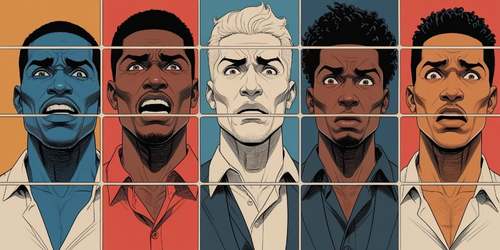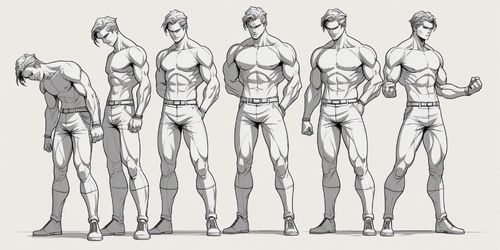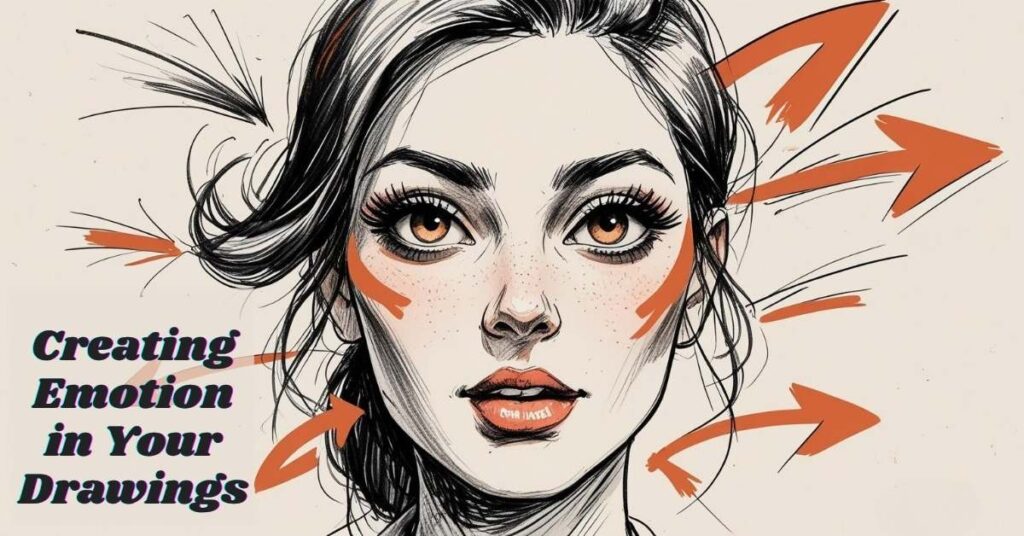Why Emotion Matters in Character Art
Anyone can draw a face—but can you make that face *feel* something? Emotion is what connects the viewer to your character. It tells a story before a single word is spoken, and it adds soul to even the simplest sketch. The good news? You don’t need to be a pro artist to draw emotion. You just need to learn how to observe, exaggerate, and explore expression intentionally.

Start with the Eyes
The eyes are the emotional center of most drawings. Here’s what to look for:
- Wide eyes = surprise or fear
- Heavy lids = boredom or sadness
- Eyebrows up and angled = concern or worry
Even slight changes to shape, angle, or distance between the eyes can completely shift the emotion of your character. So start small—and study real people, cartoons, or even your own face in the mirror.
Use the Whole Face (Not Just the Mouth)
A smile without eye wrinkles? That’s not a real smile. Emotion is about *how* the parts of the face interact:
- Forehead tension shows stress or fear
- Nose scrunches show disgust or laughter
- Jaw tightness adds anger or intensity
Try sketching a single expression a few different ways—pushing or reducing each feature. It’ll teach you how to control emotion on the page.
Don’t Forget the Body
Emotion lives in posture too—not just in facial expressions. Think about:
- Slumped shoulders = tired or sad
- Hands clenched = nervous or angry
- Head tilt = confusion or affection
Gesture drawing is a fantastic way to practice this. Even stick figures can radiate emotion when their shapes feel intentional.

Exaggeration Is Your Friend
In animation and comics, you’re not aiming for subtle—you’re aiming for *clear.* Push your expressions just a little further than you think you should. Make the sad face sadder. The surprise more dramatic. It may feel silly, but it reads so much better to your audience—especially in quick sketches or stylized art.
Practice with Simple Prompts
Here are some beginner-friendly prompts to try:
- Draw one character showing five different emotions
- Pick one emotion and draw it from three different head angles
- Sketch two characters reacting to the same event very differently
These exercises build your emotional vocabulary—and help you discover what *your* characters look like when they feel something.
Want guided lessons on emotional drawing and expression?
Final Thoughts
Drawing emotion is a skill—and like any skill, it gets stronger the more you practice. You don’t have to get it perfect. You just have to keep asking, “What is this character feeling—and how can I show that?” Once you start thinking that way, your characters will come to life in a whole new way.




























